Last updated on 2025-10-01
A review and sample photos of the Macro-Elmar R 100mm F4 (ROM) used with the HASSELBLAD X2D-100C, LEICA M-P typ240, and SONY α7Sii.
- Please see the disclaimer regarding advertising here.
- Italicized links in the text are advertisement links that take you to other sites.
Table of contents
Gallery
The following cameras were used to take the sample photos:
Review
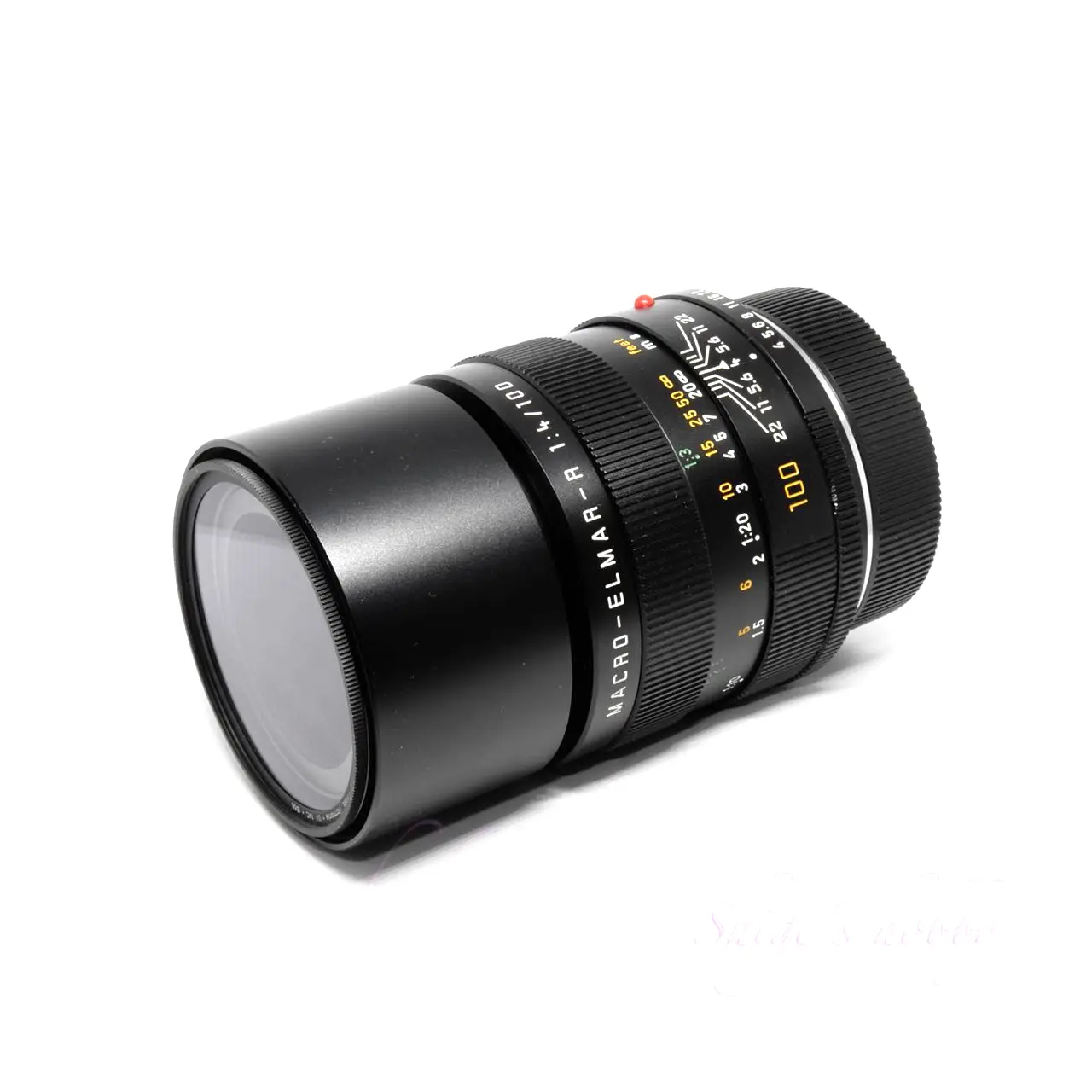
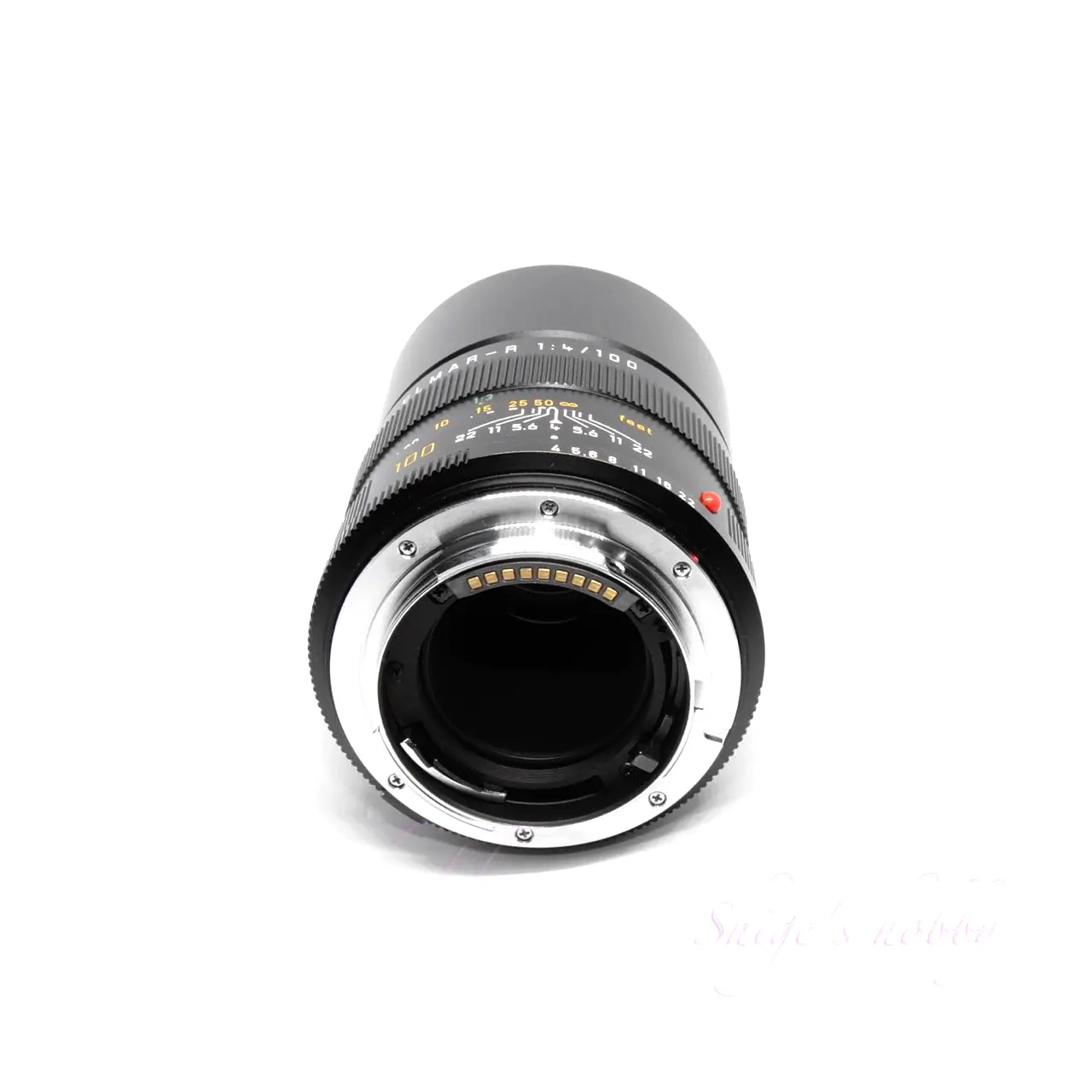
1.Overview
The MACRO ELMAR 100mm was a lens released in 1968 with a maximum magnification of 1:3. To increase the magnification beyond half (1:2), a close-up extension tube is required. To enlarge to 1:1, both the lens and a bellows unit are required.
Normal helicoid lenses are not officially compatible with 1:1 macro.
- There’s plenty of information online about the differences between 1:1 macro, half macro, and a maximum magnification of 1:3. To summarize, 1:1 is when a subject is photographed on the film or sensor and appears the same size as the actual object. 1:2 is when the subject appears half the size, and 1:3 is when the subject appears enlarged to one-third the actual size.
- With digital cameras, the image on the sensor is viewed on a monitor, making it difficult to compare the actual size of the subject with the size of the photograph. Therefore, the terms 1:1, half, and 1:3 are difficult to interpret when using a digital camera.
The MACRO ELMAR 100mm is a macro lens, and in its standard state, the lens barrel is graduated up to 1:4. The helicoid can be extended beyond that, allowing for a maximum magnification of around 1:3.
When using the dedicated MACRO ELMARIT 100mm extension tube, the magnification display is changed to green text, and graduated from 1:3 to 1:1.75, allowing for magnifications slightly beyond half macro.
Aperture adjustment is performed on the extension tube itself. There are extension tubes for the Macro-Elmar 100mm and the Macro-Elmar 60mm, which differ in the graduations, but the only difference is the aperture scale; there are no mechanical differences, so they can be used interchangeably.
Care must be taken when attaching extension tubes; the lens aperture must be set to F22.
Leica’s close-up rings come in a variety of types, including those dedicated to the MACRO ELMARIT 60mm, those dedicated to the MACRO ELMAR 100mm universal 3-cam versions, and universal versions with a ROM terminal.
This lens was released with 1/2/3 cams, and was not manufactured with an R cam/ROM terminal, and the ROM terminal version was a modified version of the 1/2/3 cam. The lens I own is a 3 cam modified to have a ROM terminal.
2.Usability
As the Leica Elmar name suggests, the MACRO ELMAR 100mm has a low maximum aperture, delivering flawless images even at wide open apertures.
The lens’s color correction is not APO, so false colors can appear around the edges of the subject.
This may be due to lens fogging, but it’s not very resistant to backlight, and images with sunlight will have reduced contrast.
This lens is rare on the used market, and you can often find examples in mint condition. Prices for pre-3CAM models start at around ¥50,000, making it an easy lens to obtain.
I’ve purchased this lens twice. I bought the 3CAM version and used it a little, but sold it due to its infrequent use. In 2023, I found a 3CAM-modified version with a ROM terminal, so I bought it again.
When using ROM-equipped lenses with the LEICA SL series, including the LEICA SL Typ601, the LEICA T and LEICA TL series, or the LEICA CL, using the genuine LEICA R-Adapter-L (16076) as a mount adapter allows R-mount ROM-equipped lenses to communicate certain information to the camera.
The MACRO ELMAR 100mm can be used with the APO EXTENDER x1.4, a teleconverter that is known for being compatible with only a limited number of lenses.
Example photos taken with the LEICA M Typ240 using the APO EXTENDER x1.4 are also included.
Using the APO EXTENDER x1.4 with the MACRO ELMAR 100mm reduces the aperture by one stop to f/5.6, but the focal length becomes 140mm. When using a teleconverter, the lens’s minimum focusing distance remains unchanged, allowing you to take closer-up shots of your subject.
The APO EXTENDER x1.4 is compatible with the following lenses, but only telephoto lenses are supported. This is because the APO EXTENDER x1.4 is designed so that when attached to a lens, the tip of the teleconverter fits inside the master lens. If there is lens glass near the mount, as is common with regular lenses, the APO EXTENDER x1.4 cannot be attached as the glass will interfere with it.
- 100mm f4
- 180mm f/2 APO
- 180mm f/2.8 APO
- 180mm f/2.8
- 280mm f/2.8 APO
- 280mm f/4 APO
- 400mm f/2.8 APO
- 400mm f/4 APO
- 560mm f/4 APO
- 560mm f/5.6 APO
- 800mm f/5.6 APO
- 800mm f/6.3
- 105-280mm f/4.2
This lens has a large image circle, and when looking at the results of shooting with the HASSELBLAD X2D, there is almost no noticeable vignetting or image distortion, even in photos with the sky in the background. The same results can be seen with the FUJIFILM GFX series, which uses the same size sensor.
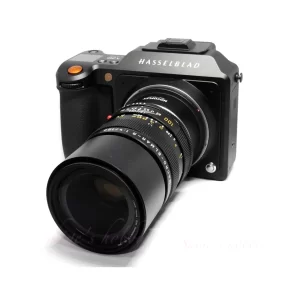
3.Summary
In concludion, to sum up the MACRO ELMAR 100mm is a compact lens, but it doesn’t get very close on its own, so it’s understandable why it’s not very popular in the market.
If you’re using a mirrorless camera with high ISO sensitivity, there’s nothing to complain about in terms of image quality as a medium telephoto lens that can get a little closer.
As we’ll discuss later, it’s likely that most photographers will choose the APO MACRO ELMARIT (AME) 100mm for R-mount macro photography.
Specifications, considerations, etc.
Leica has two 100mm macro lenses: the famous APO MACRO ELMARIT (AME) 100mm and this MACRO ELMAR 100mm. When choosing between the two, many people would choose the AME.
However, the MACRO ELMAR is compact and light, weighing in at 540g, which is 30% lighter than the APO MACRO ELMARIT (AME) at 760g.
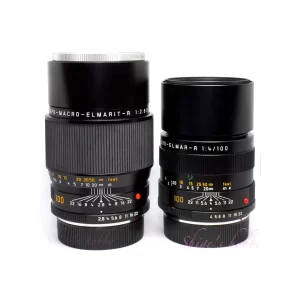
| Item | AME | Macro Elmar |
| focal length(mm) | 100 | ← |
| Maximum aperture | 2.8 | 4 |
| Minimum aperture | 22 | ← |
| Leaf blade | 7 | 8 |
| Lens configuration | 8elements in 6groups | 4elements in 3groups |
| Minimum distance(m) | 0.45 | 0.6 |
| Lens length(mm) | 104.5 | 92 |
| Lens max diameter(mm) | 73 | 67.5 |
| Filter diameter(mm) | 55 | ← |
| Weight(g) | 760 | 540 |
| Release date | 1986 | 1968 |
| Production number | 20,000 | 16,254 |
Reference links
Affiliate links
- Please see the disclaimer regarding advertising here.
- Italicized links in the text are advertisement links that take you to other sites.

- Leica R lens・Ads by ebay
- Leica M lens・Ads by ebay
- Leica TL・Ads by ebay
- Leica SL・Ads by ebay
Update history
- 2025.7.31
- 2025.1.5
- 2024.2.9:Update
- 2023.3.25:First draft

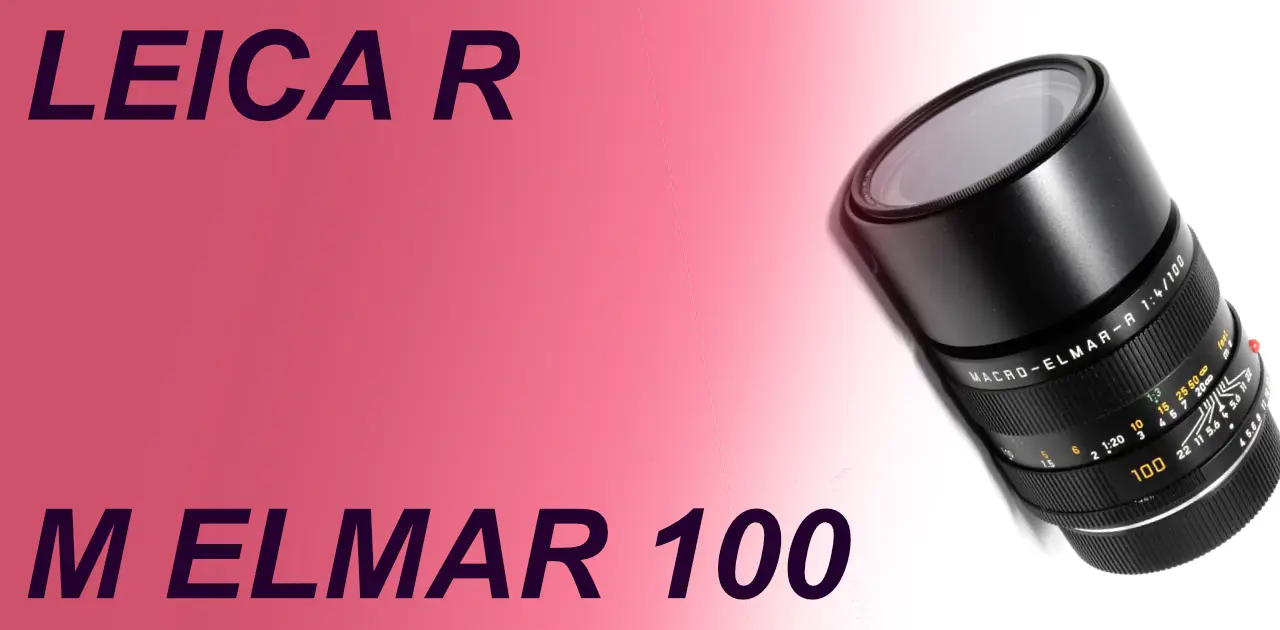

Be First to Comment